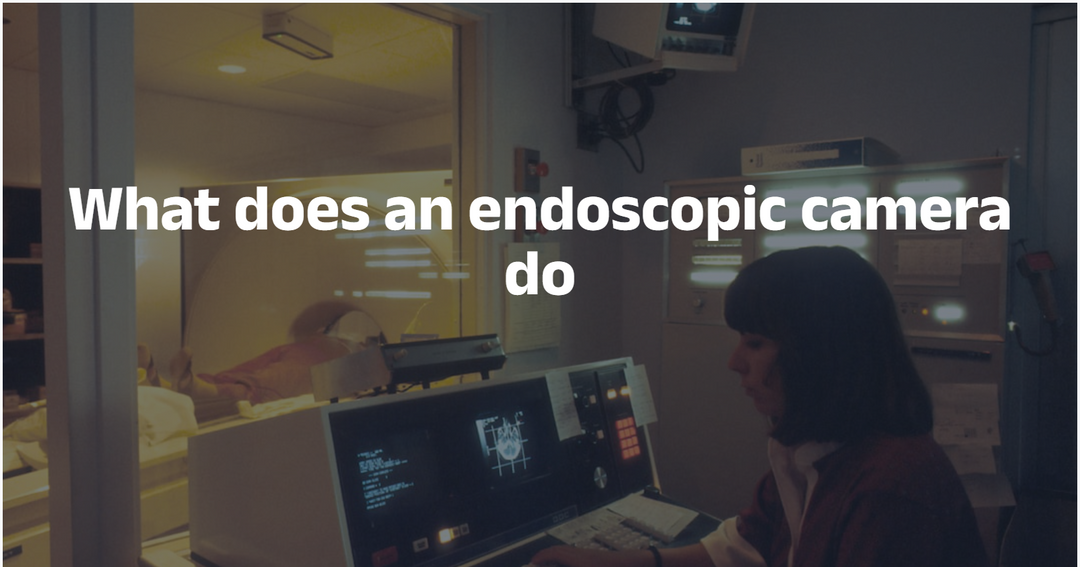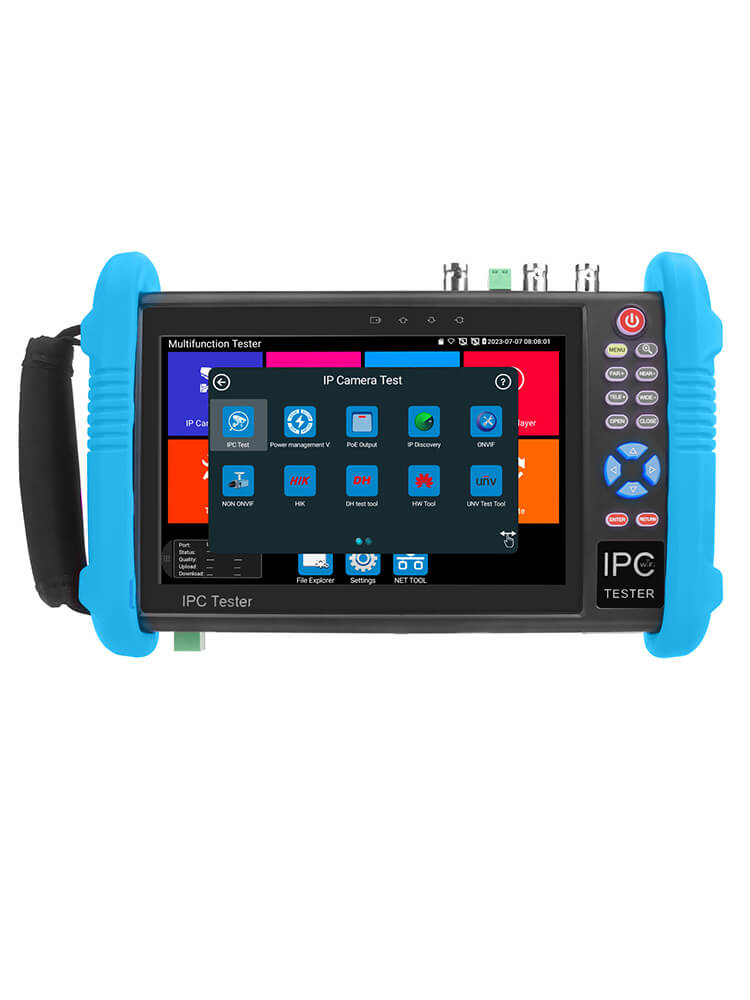Fiber Optic Continuity Test: What Does It Tell You
Before installing the fiber optic cables that make up your network, it’s important to run a test on them to make sure that they’re still able to transport light. Any breaks in the fiber optic cables result in an ineffective transmission of data, which can end up hurting your entire network. A proper continuity test will be able to help you check to see whether the fiber optic cables are able to carry light.
What is fiber testing?
Fiber testing involves the processes, tools and standards that are used for testing fiber optic components, deployed fiber networks and fiber links. This includes optical and mechanical testing of comprehensive transmission tests and discreet elements, which are used for verifying the integrity of complete fiber network installations.
There are different standards that have been developed over the years for certifying fiber networks components and installations before they are used. In order to maintain consistency, interoperability and performance, adhering to the national and international standards set is incredibly important.
Deploying consistent, standard-based fiber testings provide great benefits to fiber network operators and their customers and allow success throughout the lifecycle of the network, from the construction of the fiber and customer service activation to assurance monitoring and the maintenance and upgrade of the network.
Different standard bodies and working groups place their focus on a variety of geographical regions and types and applications of fiber network. The following are the leading standard bodies that are responsible for facilitating the next generation of fiber testing products and services.
- International Electrotechnical Commission (IEC) - global standards organization responsible for the preparation and publication of the international standards for electronic, electric and related technologies
- Telecommunications Industries Association (TIA) - along with the Electronic Industries Alliance (EIA), they produce national telecommunications application standards, including fiber networks testing and equipment
- Internet Engineering Task Force (IETF) - an open organization that exclusively places its focus on internet standards and policy. They cooperate with the International Standards Organization (ISO), International Electrotechnical Commission (IEC) and other important organizations for the standardization and security of fiber networks as an internet pathway.
Although it might seem simple, fiber testing needs an understanding of the basic principles that can allow you to distinguish fiber testing from its analog wire testing predecessor.
Optical fibers are made of a very thin glass rod surrounded by a plastic protective coating called cladding. Light injected into the glass fiber’s core will follow the fiber’s physical path because of the light’s total internal reflection between the cladding and the core.
In terms of fiber testing, an optical fiber has three basic elements which are often referred to as the “Three C’s.”
- Cladding - an additional layer made of specially treated plastic or glass. It has a low refractive index for facilitating continuous reflection of the light source into the core
- Core - made of similar material as the cladding. Throughout the span of the cable, this is the medium for light transmission which is why it’s important to keep the core as clean and pure as possible.
- Coating - the cable’s outer layer that is responsible for wrapping, protecting and insulating the cladding and the core.
Fiber Continuity Test
There are different types of fiber testing, but the fiber continuity test in particular is used detecting gross fiber defects such as breaks in the cables. Fiber optic cable continuity can also be tested for determining whether the right fiber optic cable connects to the right patch panel location.
There are two types of devices that can be used for this.

The handheld fiber test tool, the fiber identifier (FI), is useful for identifying and detecting optical signals from the outside at any point along the fiber link. This can also help confirm the presence of traffic on a fiber and the direction of the transmission.
A visual fault locator (VFL) makes use of a visible spectrum laser light to test the continuity of the fiber and detect fault conditions. Once it has located any fiber breaks, macrobends or defective splices, the red-light source will become visible through the coating. Fiber runs that are longer than five kilometers or three miles or where there is limited access to view the fiber, an OTDR can be used to detect any continuity issues in the fiber.

source:NOYAFA fiber optic testers collection
A visual fault locator (VFL) makes use of a visible spectrum laser light to test the continuity of the fiber and detect fault conditions. Once it has located any fiber breaks, macrobends or defective splices, the red-light source will become visible through the coating. Fiber runs that are longer than five kilometers or three miles or where there is limited access to view the fiber, an OTDR can be used to detect any continuity issues in the fiber.
The following are a few features of a VFL:
- Anti-jamming receiver - quickly and accurately locates the target wire within a bunch of wires.
- Detect hidden cables - adjusts the sensitivity of the receiver in order to find cables deep in the ceiling, walls or ground.
- LAN cable test - detects any issues of open circuit, short circuit and cross in a LAN network.
- PoE test - tests standard PoE device information.
- Port flashing - observes the same blink frequency on the router or switch port that connects to the target cable in order to determine the corresponding connection port.
- Data visualization - comes with a high-definition screen that shows all functions and parameters.
What can a fiber optic continuity test tell you?
When running a fiber optic continuity test, the fiber optic tracer is directly connected to the fiber optic cables that are in line for testing so that light is sent through the cables. During a continuity test, light coming out the other end of the cables signifies that there are no breaks in the fiber optic cables. You can use the fiber optic cables without having to worry about encountering any issues.
On the other hand, if you run a continuity test and do not see any light coming out through the other end of your fiber optic cables, then you have a problem you need to fix. This suggests that there is either a break in your cables or a connection within your fiber optic network is off.
Regardless of the actual issue, the continuity test reveals that you would have to use other fiber optic cables to create your network. Otherwise, your cables will not be able to transmit any data once you start to use your network.




